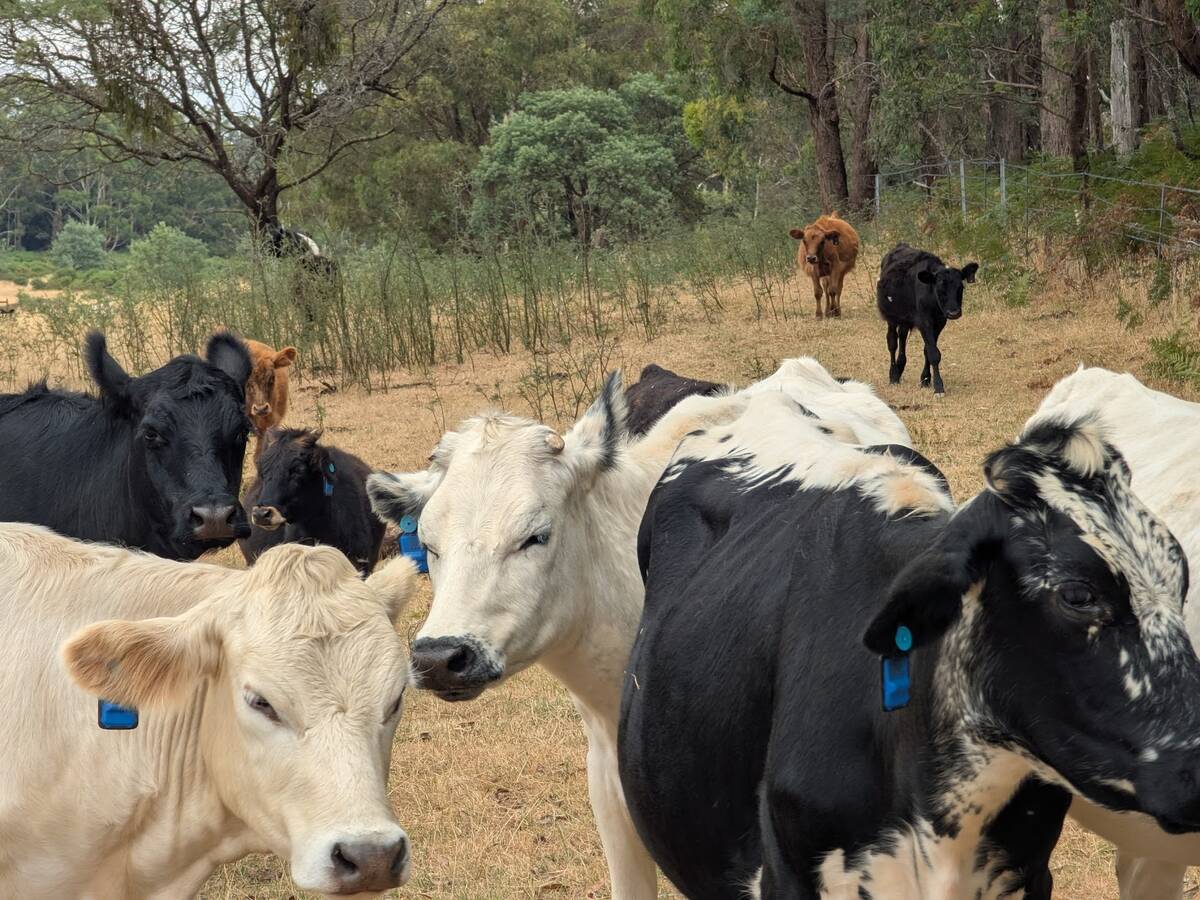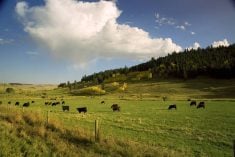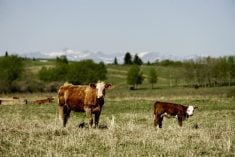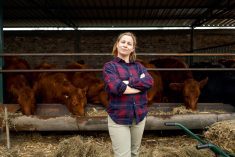Kaizen is the Japanese concept of continuous improvement. Kai means change and zen means for the better.
It applies to all areas of life and can be part of a strategic planning initiative. Kaizen is based on the idea that small, ongoing, positive changes can reap significant improvements. It’s typically founded on co-operation and commitment and is core to the concept of lean management and the Toyota way.
Read Also

Australian company brings ear-tag tech to Canadian pastures
With Smart Paddock, beef farmers and ranchers can track their cattle through GPS technology
In ranching and farming, we may not typically take an approach from the manufacturing sector but the concept could be worth considering in our operations.
Over 30 years ago Masaaki wrote the book Kaizen: The Key to Japan’s Competitive Success.
The origins in post-World War II Japanese manufacturing or quality circles focused on preventing defects at Toyota and the concepts had come from American management and productivity consultants, in particular W. Edwards Deming.
Five principles are fundamental to the kaizen philosophy. The first is to know your customer — not new in many marketing circles. The second principle is to let it flow. The third is to go to gemba (or the real place), the fourth is to empower people and the fifth is to be transparent. These principles are essential to carrying out the continuous improvement philosophy.
In more detail, knowing your customer refers to creating customer value. It can be helpful to identify their interests so you can enhance their customer experience. For those in the livestock industry, think about who your customers are. It is one thing if you are in the commodity marketplace and another if you are direct marketing beef. It is beneficial to think of both types of customers. If you are selling calves, do you have a buyer you work with who understands your operation? If going through the auction market, are there special sales that you could go through to increase value? Are there production practices that may help to increase price?
For the direct marketing sector, do you know your customer and what their needs and wants are? What about price point?
The second principle of letting it flow refers to the idea of targeting zero waste and trying to create value. An agricultural perspective is somewhat different than that of a manufacturing or factory setting. In agriculture, it can be thinking about different ways to use that waste and turn it into a value-added product. An example that comes to mind is the growing pet food industry and taking something such as bones that we would’ve once considered waste and marketing them to pet owners.
The third principle, go to gemba, refers to following the action. Value is created where things actually happen, and it is important to go there. Again, thinking of the livestock industry, visiting the auction markets, feedlots or farmers markets, maybe even the steakhouse or butcher shop to keep abreast of what is going on.
The fifth principle is to empower people. The recommendation is to organize your teams, set the same goals for them and provide a system and tools to reach them. I might add the importance of helping your people discover their skills, passions and interests, and providing opportunities for them to flourish. In multi-generational operations that might mean a separate enterprise that a younger person is allowed to operate on their own. I’ve heard of many examples of younger children having the chicken enterprise or the egg enterprise. Other examples may be someone in the operation who wants to go into the purebred market or direct market beef, so they can be in control and in charge.
The principle of transparency references speaking with real data and basing performance and improvements on tangible and visible goals. This means really sharing the information or the attributes. Perhaps it is about the meat you are marketing. You may have a great story to share about your family and operation and the best practices you implement.
Other concepts that are core to the philosophy are:
1. Let go of assumptions.
2. Be proactive about solving problems.
3. Don’t accept the status quo.
4. Let go of perfectionism and take an attitude of ongoing, adaptive change.
5. Look for solutions as you find mistakes.
6. Create an environment where everyone feels empowered to contribute.
7. Don’t accept the obvious issue and be sure to ask why five times to get to the root cause.
8. Collect information and opinions from multiple people.
9. Use creativity to find low-cost small improvements.
10. Never stop improving.
The 5S framework that makes up kaizen refers to five Japanese words beginning with the letter S. Essentially, in the English language, they are: organize, create orderliness, cleanliness, a standardized cleanup followed by discipline to keep the effort going. In an office or a shop, think about systems in place that can keep things better organized and make projects more efficient. Also relevant are knowing where things are for easy access and the followup of putting things away when you’re done with them. The concepts have often been applied in the manufacturing segment but there are aspects that you can include in your operations to improve overall performance.
The idea of kaizen is similar to growth expert Stephen Covey’s habit “sharpen the saw.” He refers to the four dimensions of renewal being physical, social/emotional, spiritual (whatever that meaning to you), and mental. Covey says, “Although renewal in each dimension is important, it only becomes optimally effective as we deal with all four dimensions in a wise and balanced way. To neglect any one area negatively impacts the rest.”
During the busy harvest or weaning time, it can be challenging to be mindful of self-care. Having sessions after on what worked and what didn’t might be a way to come up with better strategies.















